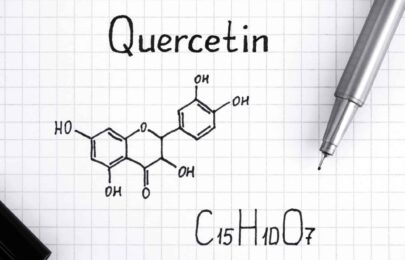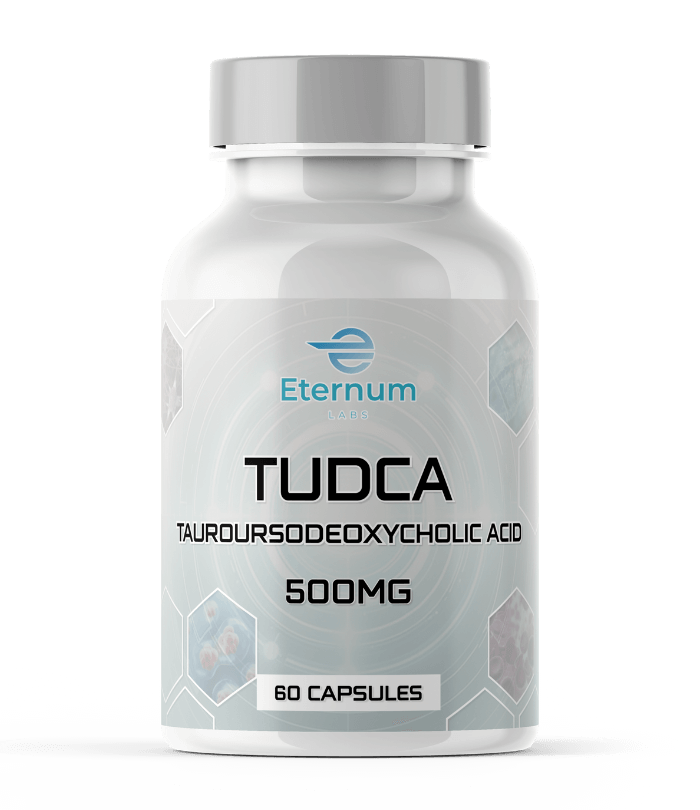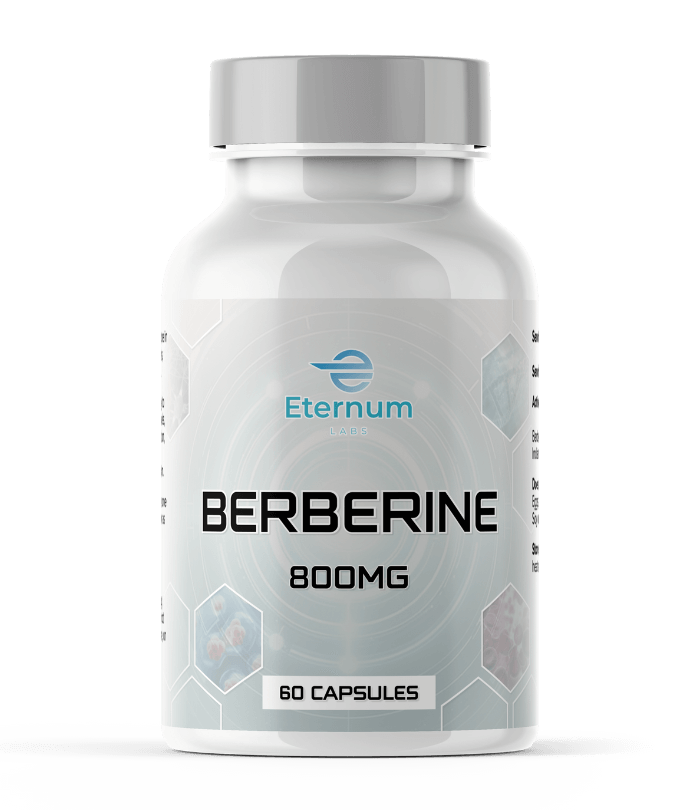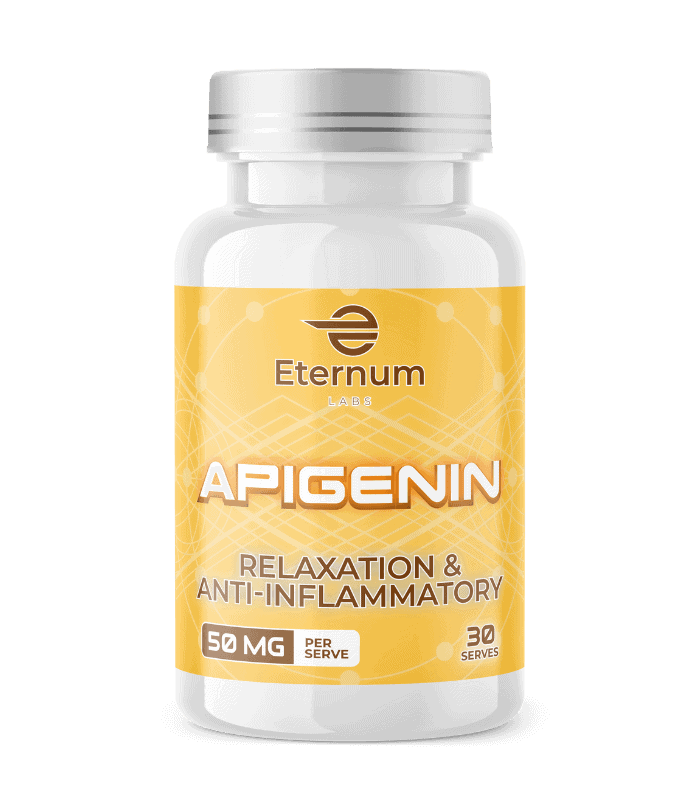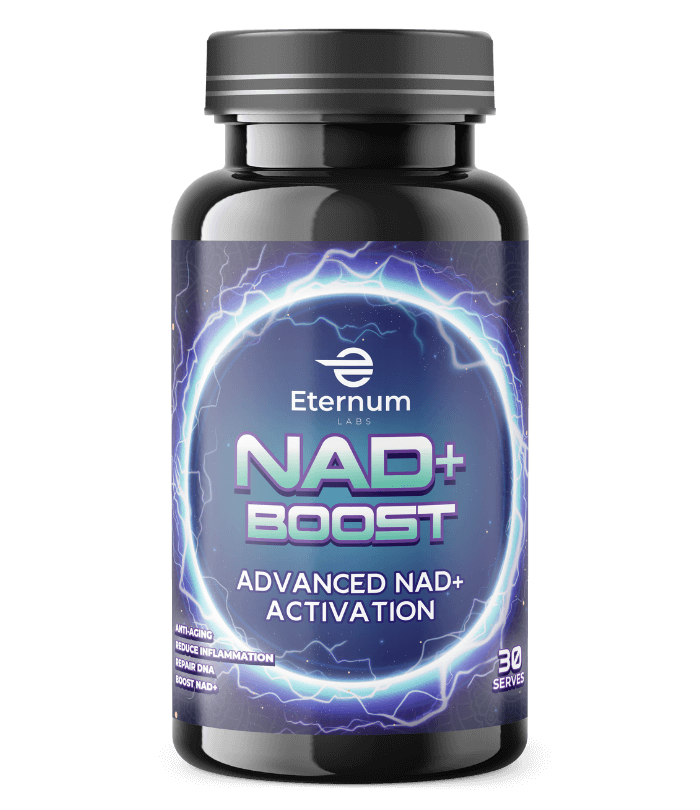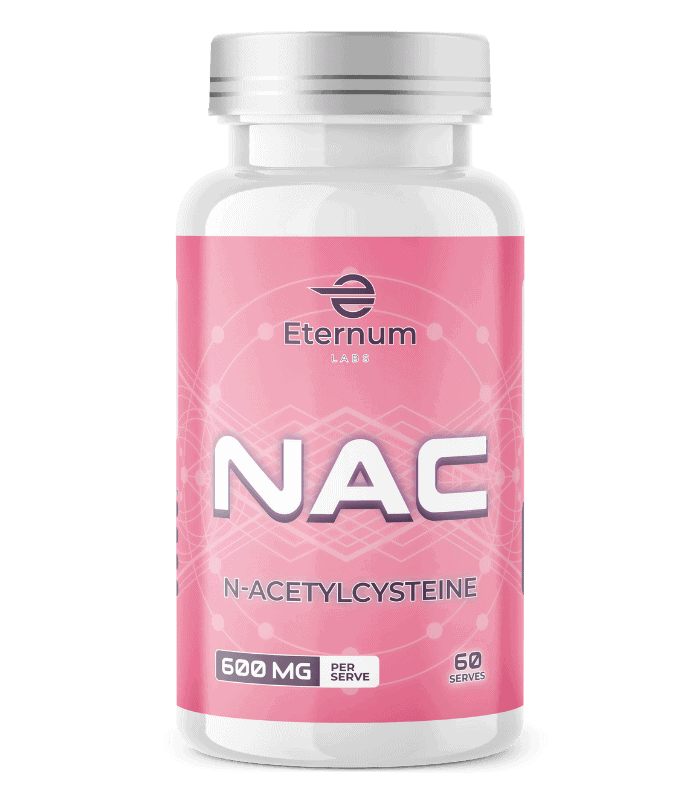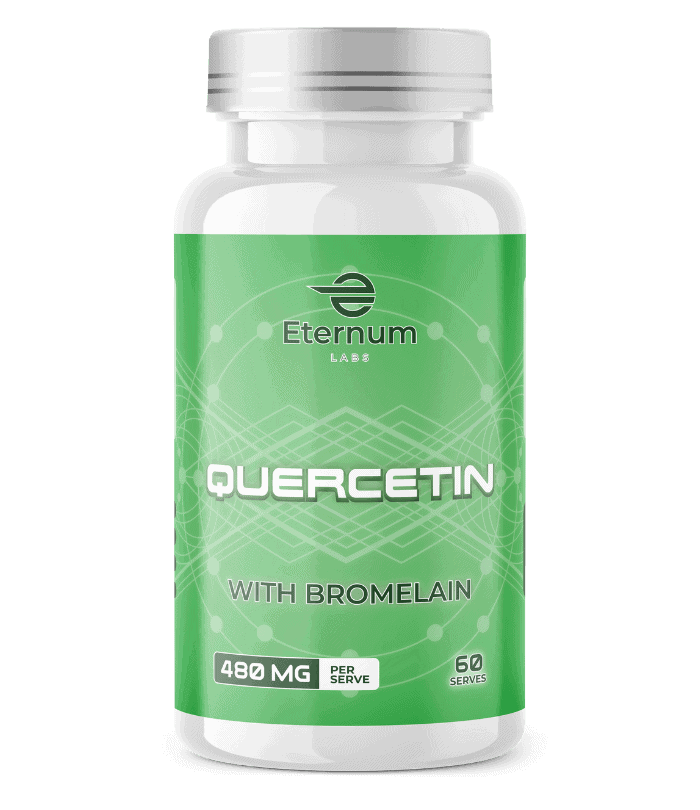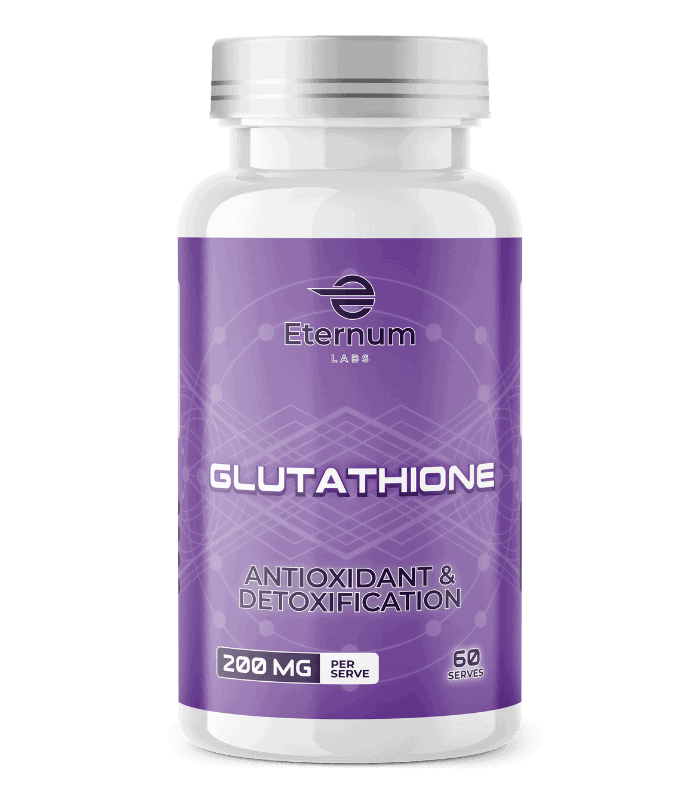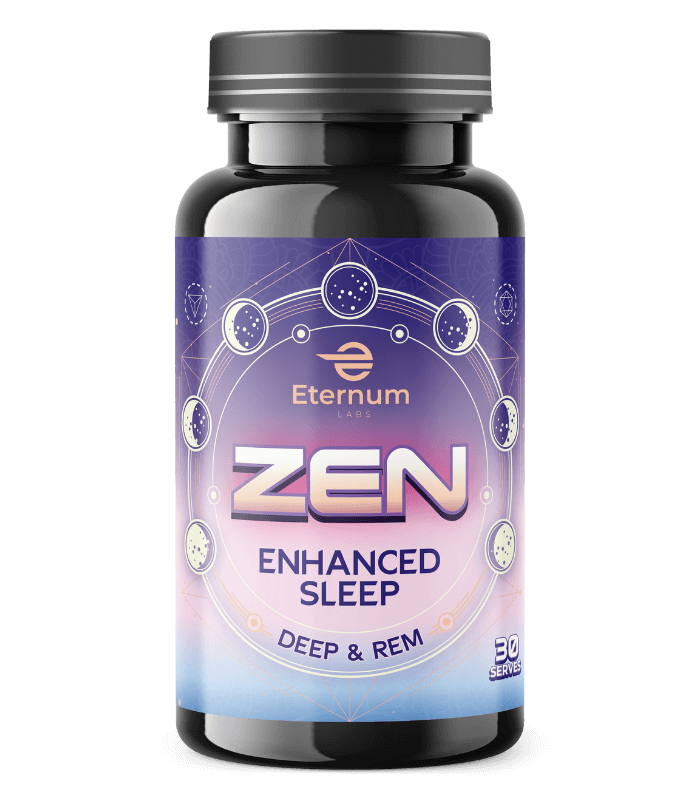
What is premature ageing & how can you reverse or prevent it?
All organisms age, but premature ageing is linked with age-related disease and chronic health problems.
Biological ageing entails the process of an organism deteriorating functionally and cellularly. Around half of human deaths are caused by age-related illnesses like stroke, diabetes, heart diseases, Alzheimer’s disease, chronic obstructive pulmonary disease and chronic kidney disease. Also, chronic diseases attributed to unprecedented ageing of humans in the 21st century threaten to degrade the quality of life in the developed world.
Premature ageing is a concern for scientists across the world. Scientists are working to promote the healthspan and lifespan of individuals, with studies on ageing disorders central to their research. These studies revolve around premature ageing, where the cells and organism age at a faster rate compared to a typical organism. The research offers hope into understanding the biological ageing process and the various diseases that are attributed to mutations in specific genes.
What causes ageing?
Scientists have proposed numerous theories into ageing and its causes. These theories continue to develop and evolve, sparking a debate of whether ageing is an unintended and purposeless accumulation of harmful cellular events that diminish an organism’s performance or whether it is programmed in our cells. Further studies are required to determine which of these theories is most credible, and this will provide scientists with a greater understanding of the mechanisms that perpetuate ageing and how its effects can be mitigated.
Symptoms of ageing
Scientists believe ageing is caused by “cellular senescence”, a state of irreversible growth arrest. Senescent cells accumulate as people age, and they play a centre role in creating age-related conditions. Senescent cells occur after a certain amount of replications, typically between 50 and 60 in normal human cells.
Cellular senescence causes include telomeres shortening. Telomere is the repeated DNA sequence found at the ends of chromosomes that protect the end of the chromosome from fusion with neighbouring chromosomes as well as deterioration. Telomere shortening results after each cellular replication because of incomplete genome replication. Other causes include damage to the epigenome-chemical modifications of DNA, damage to DNA itself and proteins called histones that manage the activation of genes within the genome.

(Pinto da Costa et al., 2016 | Aging Research Reviews) Telomeres begin to decrease in length with each cell division, which can induce senescence leading to ageing.
Inflammation and tissue disruption can be caused by an accumulation from senescent cells associated with ageing. Enhanced senescent cell problems are linked to many age-related conditions, including atherosclerosis, hypertension, diabetes and obesity. Age-related pathologies can also induce the accumulation of senescent cells, which include cellular stress, age-related chronic conditions, chronic infection, radiation exposure and certain medications like HIV medicines and chemotherapy.

(Campisi et al., 2019 | Nature) Environmental factors and genes contribute to symptoms of ageing that induce chronic inflammation that gives rise to chronic conditions associated with ageing.
Ageing faster with certain diseases
Various conditions are associated with premature ageing. For example, DNA mutations can cause premature ageing syndromes, including atypical Werner syndrome and Hutchinson-Gilford progeria syndrome. Both Werner syndrome and Hutchinson-Gilford syndrome are caused by genetic defects in the membrane of the nucleus – the cellular component which holds DNA. Other conditions causing premature ageing arise from defective DNA maintenance proteins and DNA repair, including Cockayne syndrome, xeroderma pigmentosum, ataxia telangiectasia, mosaic variegated aneuploidy syndrome, dyskeratosis congenita and classical Werner syndrome.
Certain major defects that happen at the cellular level as a result of premature ageing including loss of ability to regenerate tissue, dysfunctional metabolism and genome instability. These cellular defects overlap with those that happen throughout normal ageing processes in organisms. These overlapping defects suggest common mechanisms behind the premature ageing process as well as age-related conditions. This makes them the perfect models for studying typical, physiological ageing processes.
Environmental factors & premature ageing
Certain people age at an enhanced rate as a result of exposure to adverse environmental factors. Exposure to biologic, physical and chemical agents can inhibit the integrity and stability of the DNA, causing DNA replication errors as well as genetic lesions.
Scientists have found that nutrition and diet may influence levels of DNA damage and the potential for DNA repair. For example, scientists have found that DNA repair capability is enhanced with high levels of certain antioxidant agents found in human blood. Telomeres have been found to be sensitive to age-related degeneration. Diets like the Mediterreanean diet, have been found to slow the process of telomere length shortening in white blood cells. This is linked to anti-inflammatory effects. The process of slowed telomere length shortening has also been linked with death from cardiovascular disease.
Steering clear of particular environmental factors, including drinking, stress, smoking, radiation, sun exposure and a high fat diet can prevent premature ageing. Avoiding alcohol and cigarettes can be a way to ensure your body follows a normal ageing process. Staying out of the sun for extended periods of time can reduce the risk of DNA damage from UV radiation, which can make the skin look older. Moreover, if you can regulate stress levels throughout your life, the greater your chance will be of preventing premature ageing.
NMN & anti-ageing
Research indicates that certain pharmaceuticals can target ageing processes to potentially extend and enhance both health and longevity in experimental animal studies, demonstrating that the biological rate of ageing can be reduced.
Some examples of interventions that may prevent or reverse premature ageing with increasing lifespan and healthspan including NAD+ precursors, sirtuin-activating compounds, senolutics, rapamycin, calorie restriction and exercise.
NAD+ precursors, including nicotinamide mononucleotide (NMN), are now available to be bought online and in-store, but human trials are still ongoing into its age process-prevent benefits. Compounds activating proteins that maintain cellular health, called sirtuins, have shown positive results in animal studies. However, they have displayed mixed results in humans.
Exercise is attributed to a reduced risk of age-related conditions and enhanced quality of life into older age. Finally, calorie restriction has been shown to increase lifespan and protect from diseases in a host of animals including grey mouse lemur primates.
These potential therapeutic interventions can potentially enhance the lifespan and healthspan of humans, thus preventing premature ageing. Clinical trials in humans continue to test the possibility of certain pharmaceuticals’ ability to prevent ageing. From studying these pharmaceuticals to avoiding environmental stresses including poor diet, stress, drugs and alcohol, scientists continue to research the way we can prevent, if not reverse, premature ageing so that we can live longer and healthier lives.
Related Articles
N-Acetyl-Cysteine NAC Benefits: What You Need to Know
Quercetin Supplement: What Are The Benefits?
Products
-
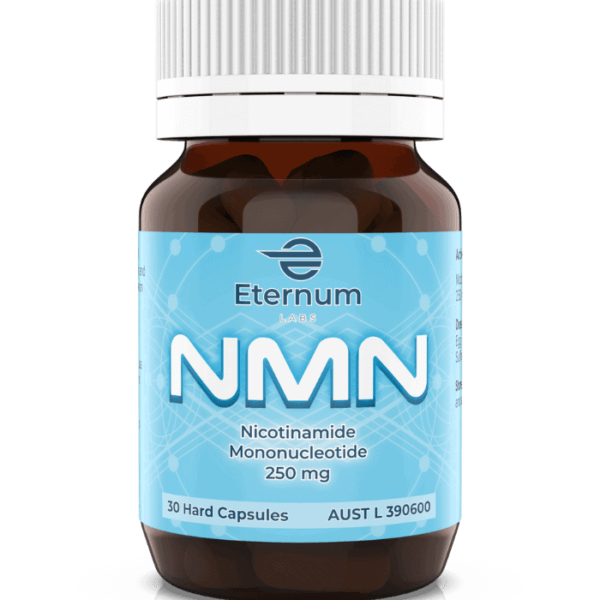 NMN Nicotinamide Mononucleotide
Rated 4.90 out of 5From: $89.97 — or from
NMN Nicotinamide Mononucleotide
Rated 4.90 out of 5From: $89.97 — or fromFrom: $89.97From: $80.97 / month -
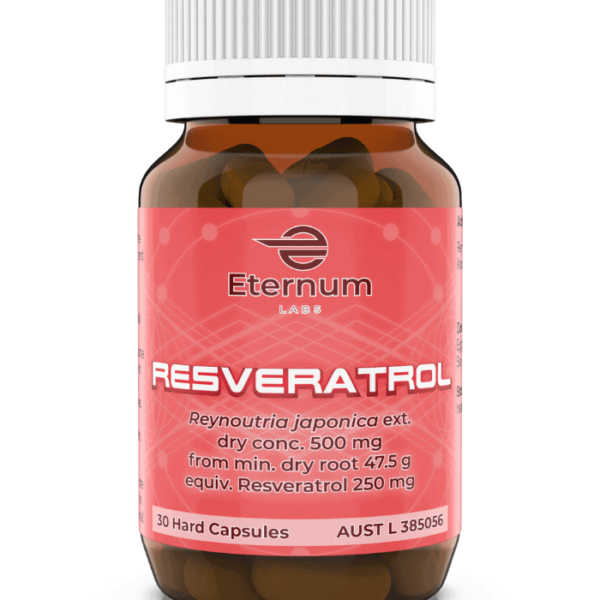 Resveratrol
Rated 4.95 out of 5$57.97 — or
Resveratrol
Rated 4.95 out of 5$57.97 — or$57.97$52.17 / month -
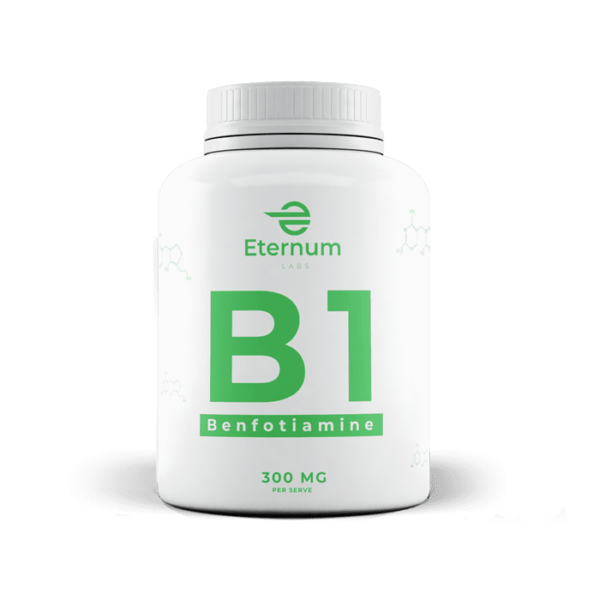 B1
Rated 5.00 out of 5From: $49.97
B1
Rated 5.00 out of 5From: $49.97 -
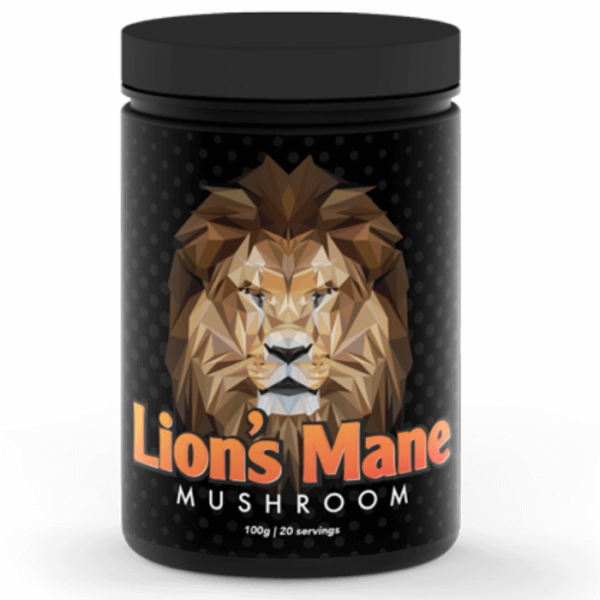 Lion's Mane
Rated 5.00 out of 5$59.97
Lion's Mane
Rated 5.00 out of 5$59.97 -
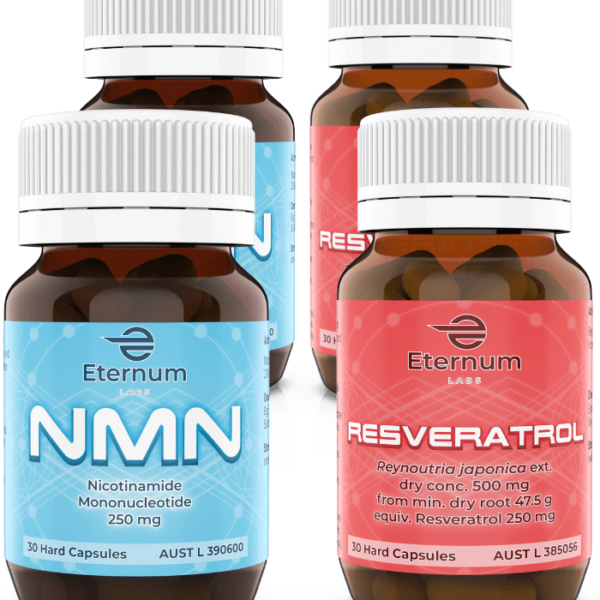 NMN + Resveratrol
Rated 4.92 out of 5
NMN + Resveratrol
Rated 4.92 out of 5From: $295.88From: $247.97 — or fromFrom: $295.88From: $223.17 / month

